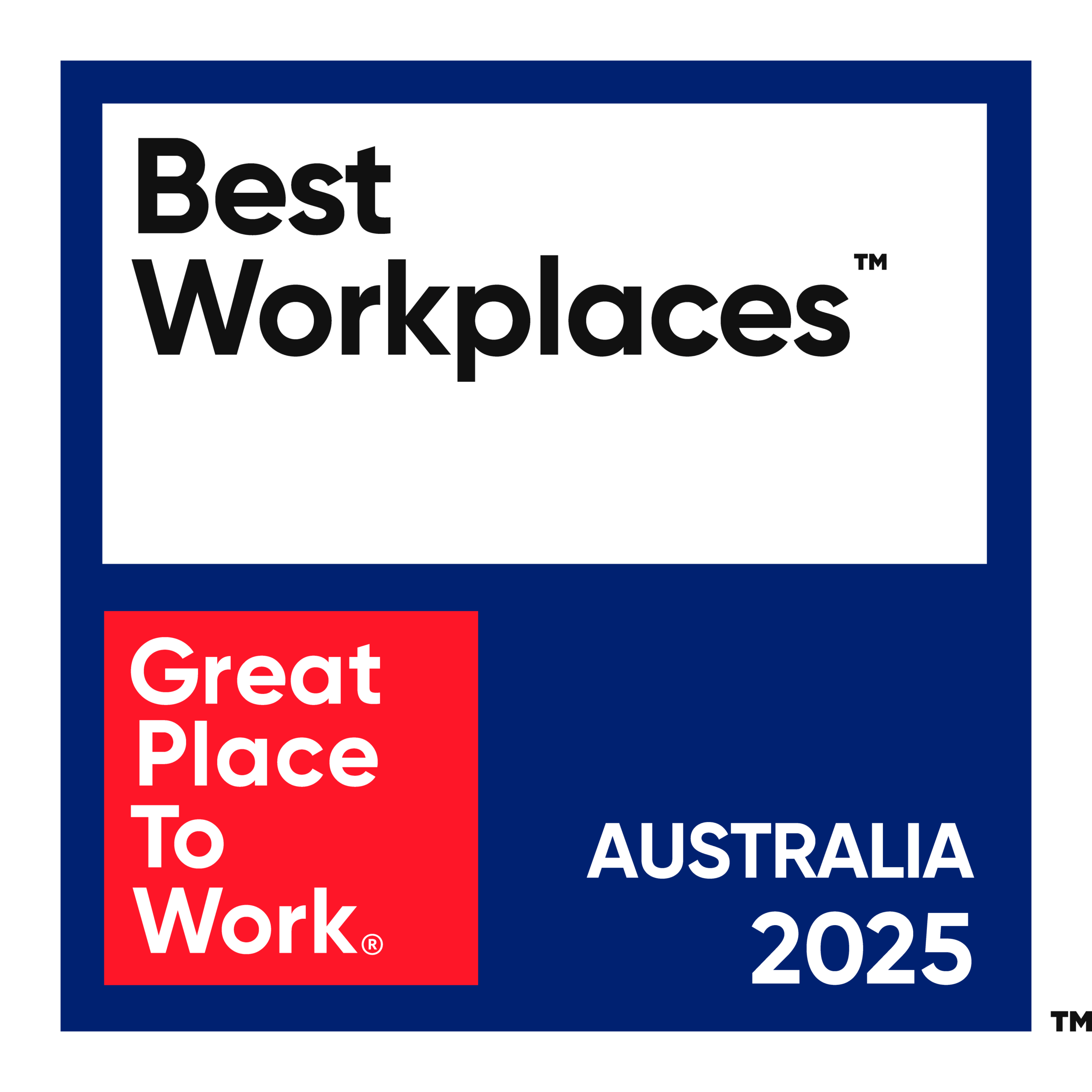Rise in employee burnout impacting worker wellbeing and productivity: reports.
Rise in employee burnout impacting worker wellbeing and productivity: reports
2020 saw a global rise in employee dissatisfaction due to burnout from reduced job security, increased workload and blurred work and home life.
While some employees have enjoyed working from home and avoiding the commute, for many, the isolation has affected motivation and morale and contributed to burnout.
Burnout rates rising dangerously fast
Burnout rates have been rising steadily since May 2020, according to a January 2021 released analysis of 13,000 workers by UC Berkley Business School on behalf of project management app, Asana.
The analysis found that in 2020, the numbers of workers assessing their mental health as poor, or very poor, rose from 7% to 27%, while 42% rated their stress levels as high or very high.
Burnout is classified by the World Health Organisation (WHO) as resulting from chronic workplace stress, with the two main reasons for employee burnout being overwork / working longer days, and reduced separation between work and home, according to the Asana report.
Other key burnout factors include a lack of clarity on roles and tasks, not being heard by management and app fatigue.
Meeting and Admin Overload:
One of the reasons for increased working hours is cited as too many meetings and project coordination that is now consuming a whopping 60% of our day, including:
- Searching for information
- Switching between apps
- Managing shifting priorities
- Following up on the status of work.
This focus on project coordination means important work must often be completed in the evening or weekends to meet deadlines, which are often missed anyway, all adding to pressure and burnout.
Key Causes of Burnout:
- Increased workload / Working longer days
- Reduced separation between work and home
- Lack of clarity on roles and tasks
- Not being heard by management
- App fatigue
Key Impacts of burnout:
- Lower morale
- Increased mistakes
- Reduced engagement
- Miscommunication
- Reduced productivity
The report predicts that unless organisations proactively address these issues, productivity will further decrease in 2021 and it will likely have a “massive negative impact on businesses”.
“Flourishing in 2021 and beyond will require fresh thinking and a framework for ongoing adaptation – beginning with employee wellbeing,” the report says.
Be Challenged Programs that drive collaboration and morale:
- 5 Behaviours of a Cohesive Team : The difference between success and failure is often whether a framework exists that allows you to manage conflict, stress and relationships. 5 Behaviours helps build that framework.
- DiSC Profiling : DiSC provides us – and the people around us – with an understanding of our needs and priorities, enabling us to stay positive, be happy and thrive.
How businesses can help reduce burnout:
- Offer more flexible working hours.
- Encourage people to take time off or minimise work outside standard work hours.
- Provide clear processes and clarity on work priorities.
- Reduce the number of meetings/video calls.
- Encourage daily uninterrupted focus time for deep/skilled work.
- Invest in new tools/technology for collaboration.
- Provide a forum for employees to socialise.
- Offer more remote facetime with teams and managers.
“Imposter Syndrome” and the importance of onboarding and celebrating success
Working from home has also led to increased levels of self-doubt among workers about their work accomplishments, according to Asana’s report.
Dubbed “Imposter Syndrome”, it is particularly prevalent among those who commenced their roles during the pandemic, with 79% of new hires and 59% of existing employers experiencing a lack of confidence in their work.
This results in poor mental wellbeing and workers who are less likely to speak up, take ownership of tasks or feel that they can contribute to their team’s success.
The report recommends businesses celebrate success and ensure optimised employee onboarding to ensure new starters are welcomed into the community.
Be Challenged Programs that can assist with onboarding and celebrating success:
- Go Team – GPS-triggered challenges are issued to the teams in the form of questions, clues, and pictures that they will work together to complete.
- Crescendo – Go beyond perceived limitations to become an orchestra in one hour!
- The Big Buzz – Connect up to 1000 employees for an unforgettable 45-60 minute virtual game show experience through one unique URL
- The Big Picture – teamwork, cooperation and communication is reinforced through painting an artistic masterpiece.
The ROI of workplace wellbeing
August 2020 published research into healthy workplace environments by New Zealand’s Massey University found that “improvements to the psychosocial environment within which individuals work will produce a significant return on investment for organisations,”.
Key features of a positive working environment described in the report include psychological health and safety initiatives, perceptions of management competence, feelings of inclusion and perceptions of organisational justice.
Not surprisingly, bullying and job insecurity lead to reduced job satisfaction and engagement, and increased distress and intentions to leave.
The report summarises that “in the present COVID-19 environment, it is more important than ever for organisational leaders to prioritise organisational climate initiatives… in order to best assure healthy work and positive organisational outcomes more generally,”.
Further Working From Home Resources:





